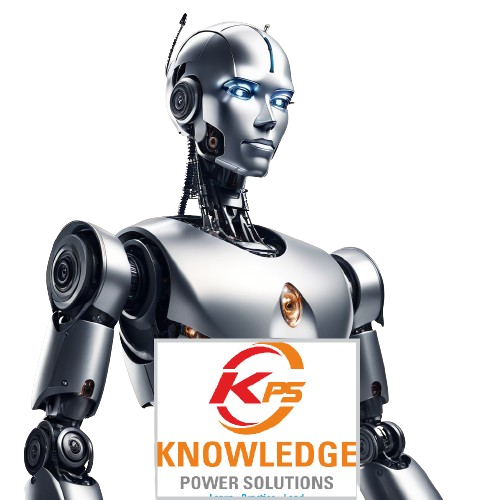Supervised Learning is a type of machine learning where the model is trained using labeled data. In this context, labeled data refers to a dataset where the input features are paired with the corresponding output (target variable). The goal of supervised learning is to learn a mapping function from inputs to outputs, allowing the model to make accurate predictions for new, unseen data.
How Supervised Learning Works
-
Training Phase
- The model is fed a dataset with known inputs and outputs.
- The algorithm identifies patterns and relationships between the features (input) and labels (output).
- The model adjusts itself iteratively to minimize prediction errors.
-
Testing Phase
- The trained model is evaluated using a separate dataset (testing data) to check its performance and generalization ability.
Types of Supervised Learning
-
Regression
- Used for predicting continuous outputs.
- Examples:
- Predicting house prices based on features like size and location.
- Estimating future sales based on historical data.
-
Classification
- Used for categorizing data into discrete labels.
- Examples:
- Classifying emails as spam or not spam.
- Diagnosing diseases based on medical test results.
Popular Algorithms in Supervised Learning
-
Regression Algorithms
- Linear Regression
- Predicts a continuous value by fitting a linear equation to the data.
- Polynomial Regression
- Extends linear regression by fitting non-linear relationships.
- Linear Regression
-
Classification Algorithms
- Logistic Regression
- Predicts probabilities for binary classification problems.
- Decision Trees
- Uses a tree-like structure to make decisions based on input features.
- Random Forest
- Combines multiple decision trees for improved accuracy.
- Support Vector Machines (SVM)
- Finds the optimal boundary to separate different classes.
- K-Nearest Neighbors (KNN)
- Classifies a data point based on the majority label of its nearest neighbors.
- Naive Bayes
- A probabilistic classifier based on Bayes’ theorem.
- Logistic Regression
Examples of Supervised Learning Applications
-
Healthcare
- Disease prediction based on patient symptoms.
- Classifying tumor cells as benign or malignant.
-
Finance
- Credit risk assessment for loan approvals.
- Fraud detection in banking transactions.
-
Retail
- Customer segmentation for targeted marketing.
- Sales forecasting.
-
Technology
- Email spam filtering.
- Sentiment analysis on social media.
Advantages of Supervised Learning
-
Accuracy
- Produces precise predictions when provided with quality labeled data.
-
Wide Applications
- Useful in various domains like healthcare, finance, and technology.
-
Simplicity
- Straightforward to implement for problems with clear input-output relationships.
-
Performance Monitoring
- Easy to evaluate using performance metrics like accuracy, precision, recall, and F1 score.
Challenges of Supervised Learning
-
Dependency on Labeled Data
- Requires a large, accurately labeled dataset, which can be expensive and time-consuming to create.
-
Overfitting
- The model may perform well on training data but fail to generalize to unseen data.
-
Limited to Specific Tasks
- Cannot work on problems without clearly defined labels.
-
Complexity with Large Datasets
- May require significant computational resources for large-scale problems.
Steps to Implement Supervised Learning
-
Define the Problem
- Identify whether the problem involves classification or regression.
-
Collect and Preprocess Data
- Gather labeled data, clean it, and handle missing values or outliers.
-
Select an Algorithm
- Choose an algorithm suited to the problem type and dataset characteristics.
-
Train the Model
- Fit the model to the training data.
-
Evaluate the Model
- Use testing data to measure performance with metrics like mean squared error (MSE) for regression or accuracy for classification.
-
Optimize the Model
- Fine-tune hyperparameters and reduce overfitting using techniques like cross-validation or regularization.
Conclusion
Supervised learning is one of the most commonly used types of machine learning due to its simplicity and effectiveness in solving real-world problems. While it requires labeled data, its ability to make accurate predictions in tasks like classification and regression makes it invaluable in various industries, from healthcare to finance.
